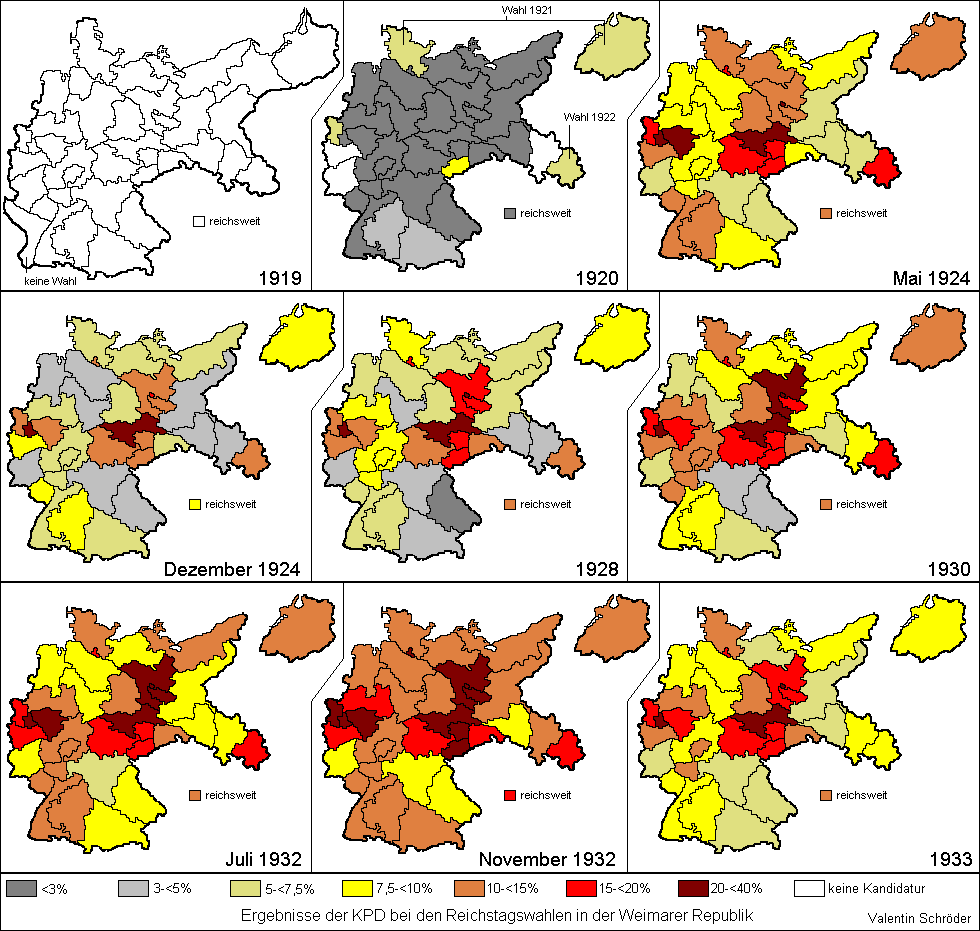The main historical cultural boundary within Germany has been for centuries between the parts that used to be occupied by the Romans, and the parts that weren't. Which roughly translates to a North/South boundary, rather than East/West. BTW, in this context, Austria should be considered part of Germany's south; it is a separate country only due to a historic accident. This boundary was frequently reinforced by wars, and the resulting enmities, such as the war between Prussia and Bavaria that still kindles resentments between these two regions.
That division is still reflected in many parts of the culture. For instance, all the major wine-growing regions are in formerly Roman-occupied territories (of course, climate also plays a role here). Germans have the term "Weisswurstequator" - a (supposed) line, south of which people eat Weisswurst (white sausage). Generally, food, dialects, traditions, religion and a lot of other aspects of life were shaped by this divide.
The East/West divide really only affected the northern German cultural area to begin with, and in a surprisingly short time did create a new cultural divide that, as far as I can tell, seems to persist (although I don't live there any more).
Finally, the question about why the West prospered and the East impoverished. To some extent, some of the underlying assumptions may not be true. Of course the West ended up wealthier than the East, but East Germany was actually fairly economically successful in its own right; it was said to be the wealthiest of the Soviet Bloc countries. And the West wasn't uniformly wealthy, either - most of the economic success was concentrated in the South, while northern West Germany was comparatively poor (not poor in absolute terms, of course, just relative to the south)
Another big factor that makes this an apples/oranges comparison is the Marshall Plan, and generally the fact that the West was embedded in a very prosperous North-Atlantic alliance, while the East was trapped in a failing alliance.
And, yes, of course the different economic systems did make a difference, too.




